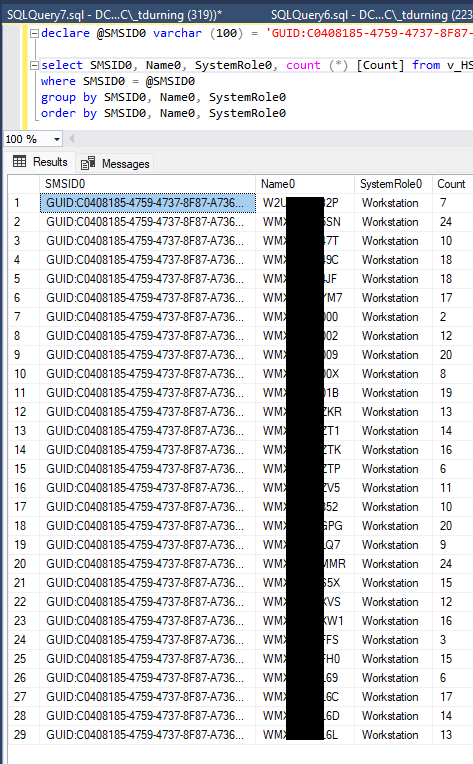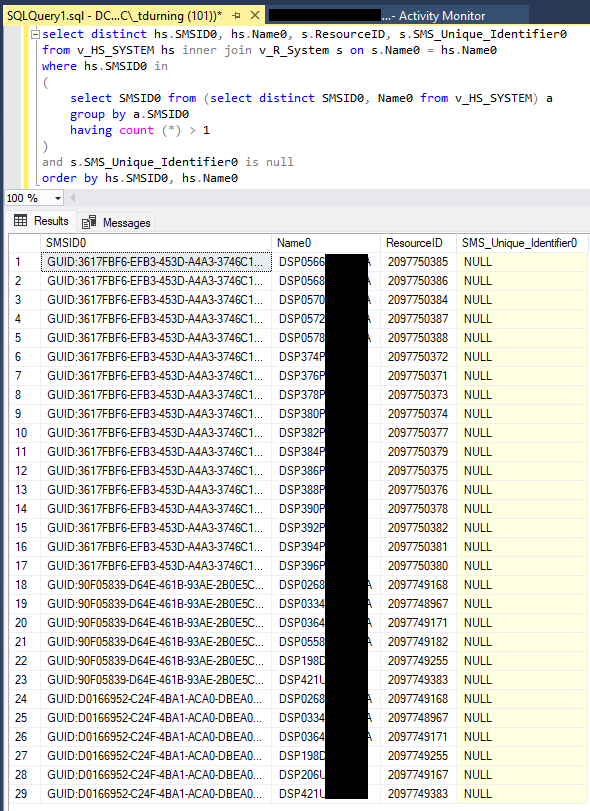I was trying to update client settings and every time I clicked OK, the console would crash and the settings would not be saved. I checked the SMSAdminUI.log file, and this had been recorded:
[1, PID:4608][10/26/2022 08:29:21] :System.Management.ManagementException\r\nGeneric failure \r\n at System.Management.ManagementException.ThrowWithExtendedInfo(ManagementStatus errorCode)
at System.Management.ManagementObject.Put(PutOptions options)
at Microsoft.ConfigurationManagement.ManagementProvider.WqlQueryEngine.WqlResultObject.Put(ReportProgress progressReport)\r\nManagementException details:
instance of SMS_ExtendedStatus
{
CauseInfo = "";
Description = "CSspClientSettings: SQL_ERROR";
ErrorCode = 3242722562;
File = "X:\\bt\\1116398\\repo\\src\\SiteServer\\SDK_Provider\\SMSProv\\sspclientsettings.cpp";
Line = 129;
Operation = "PutInstance";
ParameterInfo = "";
ProviderName = "ExtnProv";
SQLMessage = "[42000][6965][Microsoft][SQL Server Native Client 11.0][SQL Server]XML Validation: Invalid content. Expected element(s): 'use-webview2-browser-control','notification-logo'. Found: element 'brand-logo' instead. Location: /*:settings[1]/*:brand-logo[1].";
SQLSeverity = 16;
SQLStatus = 6965;
StatusCode = 2147749889;
};
I found this post that details how to resolve the issue. According to the post, the issue is that Microsoft “changed the xml formatting in 2111 which breaks old settings with the previous xml formatting”. I didn’t have to do all the steps detailed in the post, so I will show what I did here.
Go into the client setting and select Software Center:
Click Customize, and the go to the “Tabs” tab:
Select “Display custom tabs with Microsoft Edge WebView2 runtime”:
Click OK, and the click OK a second time to save the client setting. This will update the xml formatting and fix the issue. You can then uncheck the box to return to the original setting.









